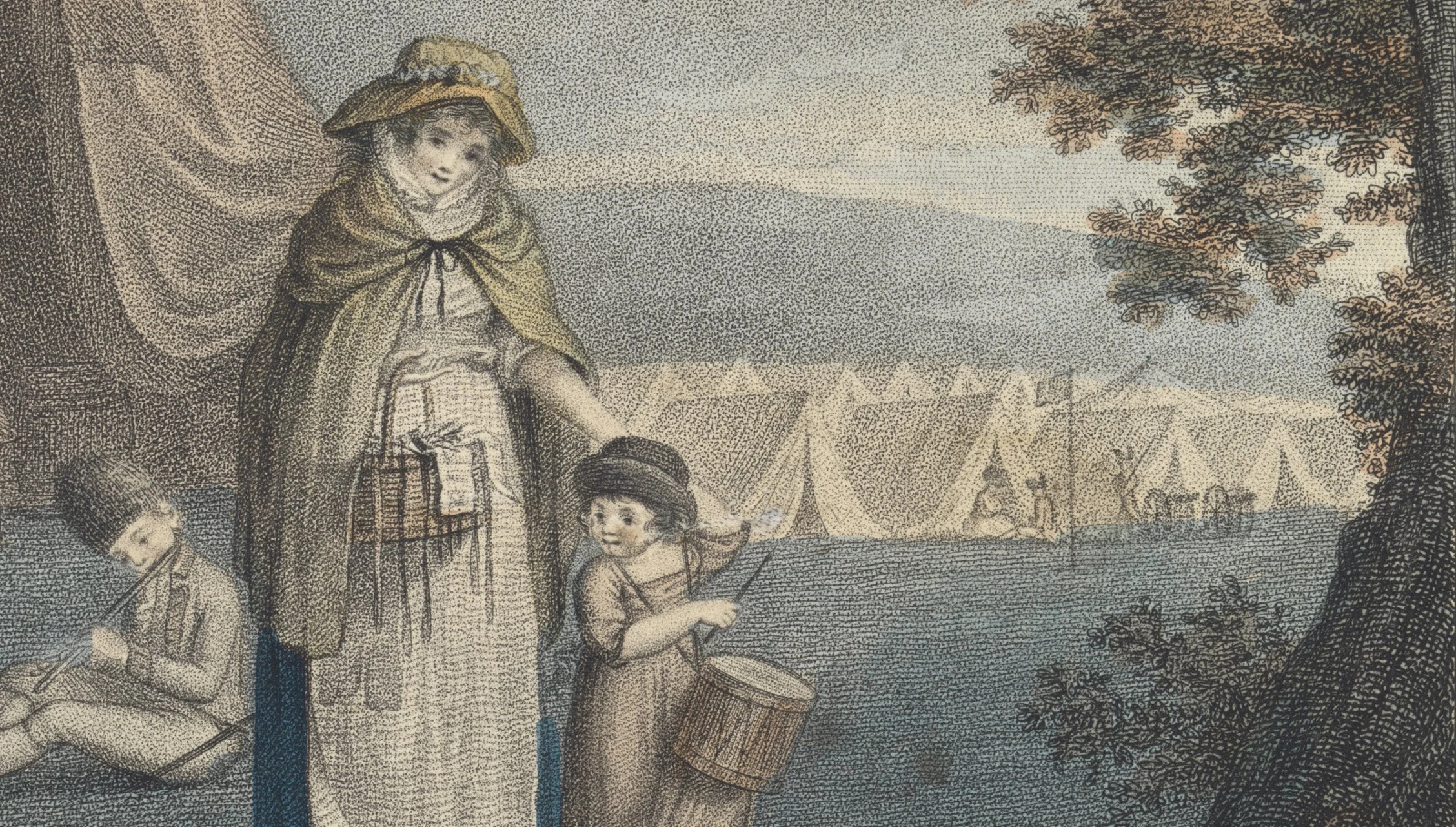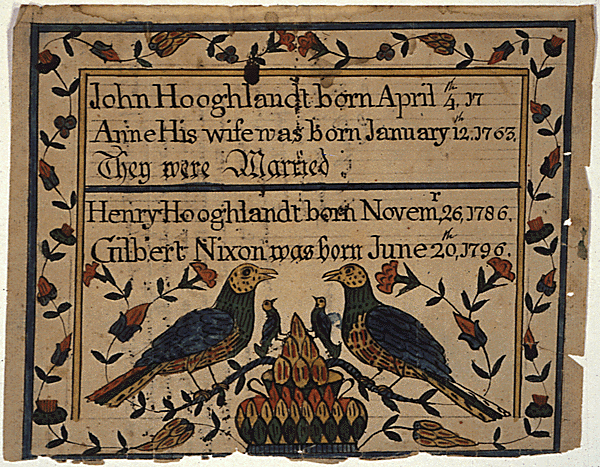
Sources - The Widows, 1836-1853
The information used to build the dataset behind the Continental veteran migration maps comes from the Revolutionary War Pension and Bounty-Land-Warrant Application Files, NARA Record Group 15, Microfilm Publication 804, held by the U.S. National Archives and Records Administration. After transcribing 3,164 pension declarations filed by New Jersey veterans and widows on Fold3.com, I separated out the cohort of veterans’ widows who applied to receive benefits under the widow pension acts beginning 1836, which, as of June 2025, numbered 964 declarations.
Like all previous pension acts, the widow pensions began with an opening paragraph that established the location of the court, the widow’s name and her place of residence, which could vary from including town, county, and State, or just the name of the county. And, like the Act of 1832, the widow pensions relied on a mix of documentary and traditional evidence. If a widow’s veteran husband had not already been accepted onto the Pension Rolls under the Acts of 1818 or 1832, she would have to establish his service. This could prove difficult, especially if they were married after the war ended, and in a location far from New Jersey where there would be few, if any, witnesses to corroborate her story.
She would also have to establish the legality of the marriage “by the certificate of the clergyman who joined them in wedlock, or the testimony of respectable persons having knowledge of the fact. The age and number of children may be ascertained by the deposition of the mother, accompanied by the testimony of respectable persons having knowledge of them, or by transcripts from the parish registers duly authenticated.” She would also “at the time of allowing the half-pay, or playing her on the list for it, must show that she has not again married; and must, moreover, repeat this at the time of receive each and every payment thereof; because, in case of marrying again, the half-pay to her ceases, and the half pay for the remainder of the time shall go to the child or children of the decedent.”
Illustrated fraktur from the file of John Hoagland (W.464), who joined Colonel Aaron Odgen’s 1st New Jersey Regiment in Cranbury, New Jersey, as a nine-month levy in the summer of 1778 and fought at the Battle of Monmouth.
Documentary Sources in the Widow Pension Files
Widow pension files are a suprising treasure trove of original 18th century documents. Evidence was required of widows in order to prove their marriage, which they provided by tearing out pages from familiy Bibles, or turning over marriage certificates or beautiful hand-drawn Frakturs to the War Department. Sadly, these documents were never returned to the families, but remain in their respective pension files, safe under the care of conservators and archivists at the National Archives and Records Administration.
In some cases, widows submitted original wartime documents that were preserved by their veteran husbands, such as company muster and payrolls, commissions from both the Continental army or New Jersey State Legislature, receipts for provisions received and issued, and letters. Bethenia Paul (W.148) submitted this “Petition from the Soldiers of New Jersey” written to George Washington at “Camp Valley Forge, February the 1st 1778” to support her claim to a widows pension, for which she applied on March 9, 1844.



